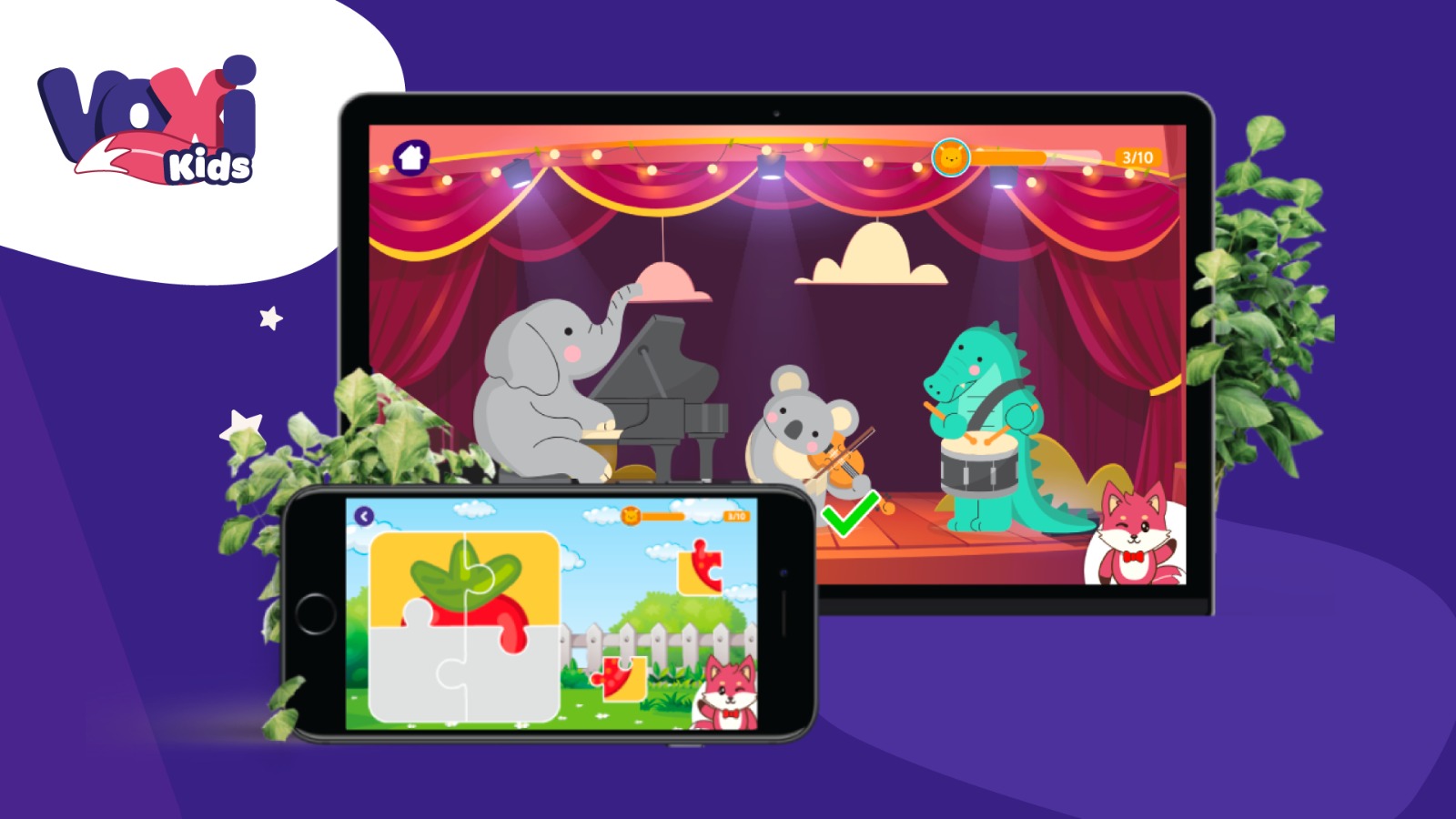Around the age of one, a child should use around 6 to 8 words. The syllables they use to name actual objects or animals are also taken into consideration. Around 18 months, the child’s vocabulary consists of about 30 words. Only around the second year, children begin making sentences and combine words into meaningful expressions. If you think your child cannot make some sounds at this age – stammer or mispronounce letters – it may not mean anything, but in order to prevent something, consult your pediatrician or contact a speech therapists.
R and L sounds, even S and Z, are usually difficult to pronounce by children. Breastfeeding can help develop the articular muscles, and also the arch, tongue and mouth cavity. You can also stimulate correct articulation and speech development while explaining something – speak in a slow manner, intelligibly, most of the time at the child’s level (lean) and use short sentences with clear pauses. Baby dialogues, so the alternation of imaginary talks you can actually practice from birth, and later add on reading books (even during pregnancy) or simple games.
But which? Let’s read.
1. Soap bubbles
Empty the bubble soap tube and rinse it. Dissolve in water baby soap and then add a couple drops of baby foam bath. This way you will make a soap bubbles mixture your child can play with while bathing. Blow together to make bubbles! First start by blowing bubbles and then, slowly, blow with the mouth underwater – be careful! Your child mustn’t breathe underwater and don’t take your eyes off your child for a second. Blowing bubbles trains speech muscles and also stimulates correct pronunciation.
2. Wool felt balls
Wool felt balls are an excellent way for training fine motor skills, and also for blowing, which like in the case of soap bubbles, stimulates facial and articular muscles. You can blow the balls on the table into a gate and then gather or sort them by color.
3. Drawing basic shapes
To prevent the child from involuntarily articulating problematic sounds, not having stuttering problems or being traumatized of being made attentive, it is advisable to combine two activities into one – if drawing and reciting a poem at the same time, the child will not focus counterproductively on sounds, and at the same time it will be more fun. For example:
Recite while drawing lines on a piece of paper: It’s raining. It’s raining slowly. Can we hear it?
Come on with your fingers gently. Hit the bench!
Recile while drawing a circle: Pop, pop, popcorn, popping in the pot! Pop, pop, popcorn, eat it while it’s hot!
Recite while drawing waves: Silly socks are really fun, you can wear them when you run! Silly socks are really sweet, you can wear them when you eat!
These exercises are recommended for children who only need to practice sounds. If your child does not have a well-defined pronunciation, cannot be understood well, or something does not seem right to you, ask your child doctor about the speech therapy examination or contact a speech therapist in VoxiClinic.






